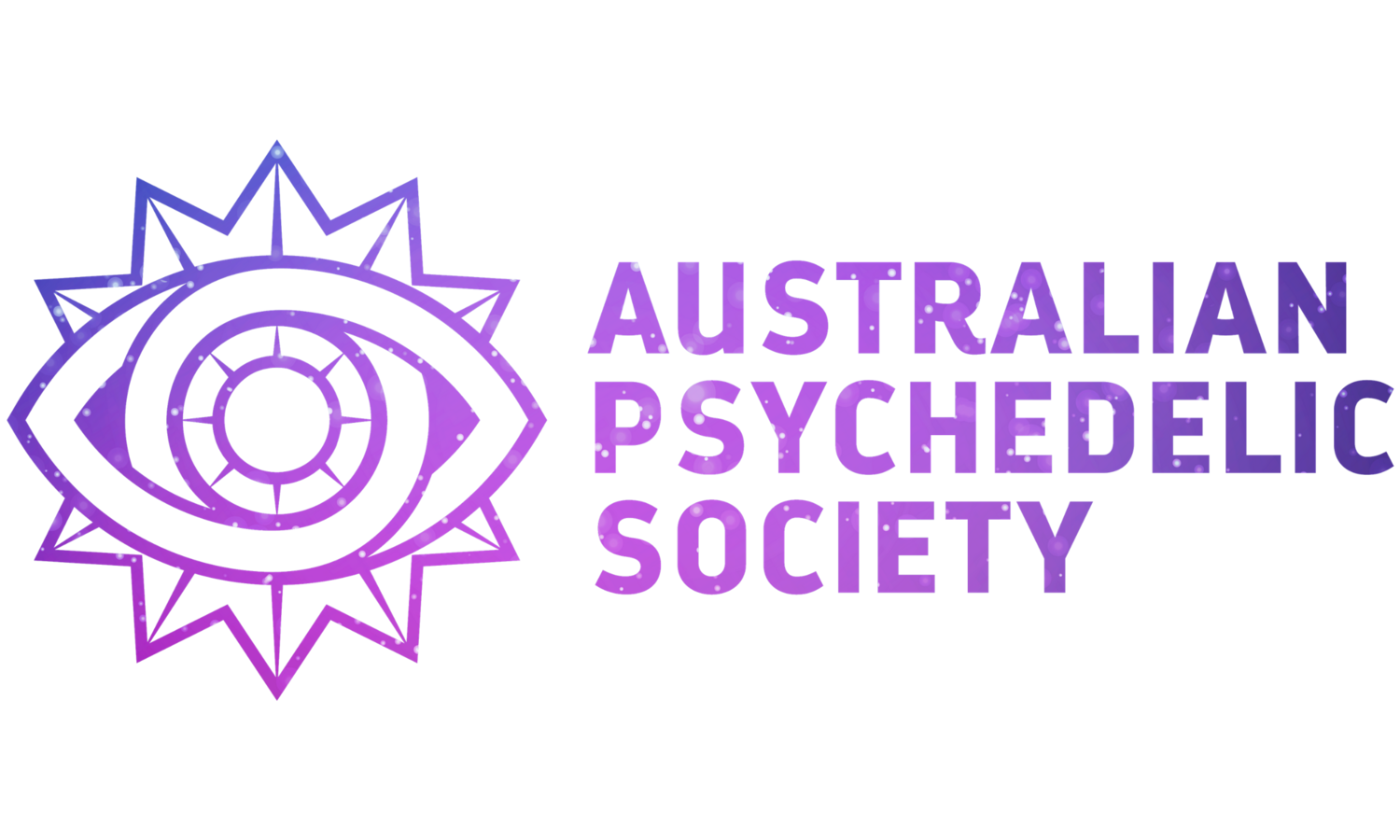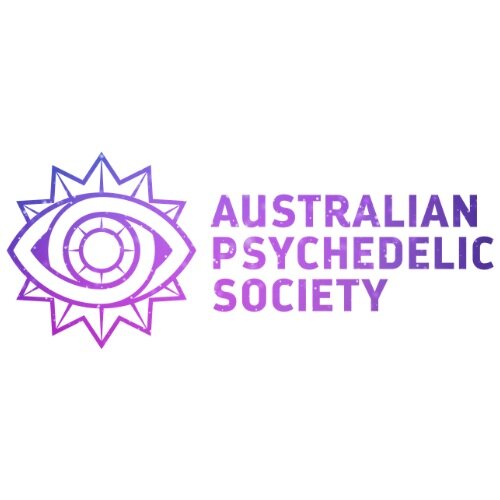Psychedelics, Psychotherapy and Mysticism
Recent research suggests that the positive therapeutic effects of psychedelics are related to their ability to induce a mystical experience. For example, in a trial of psilocybin for treatment-resistant depression, Roseman, Nutt and Carhart-Harris (2018) found that having a mystical-type experience predicted positive clinical outcomes. Further, a study by Griffith et al. (2011) found sustained positive changes in attitudes, mood, and behaviour in volunteers who took psilocybin. In this study, 83% of participants who had a psilocybin-occasioned mystical experience rated it as the single most, or among the five most, spiritually significant experiences of their life (at a 14 month follow-up this number was even higher, at 94%). Even more recently, a large-scale survey by Davis et al. (2020, p. 1) found that psychedelic entity experiences were rated by respondents as “among the most meaningful, spiritual, and psychologically insightful lifetime experiences, with persisting positive changes in life satisfaction, purpose, and meaning attributed to the experiences.”
These findings are not particularly surprising given that mystical experiences (both psychedelic and non-psychedelic) have frequently been associated with positive after-effects. For example, Wulff (2014, p. 375) writes:
Although a profound sense of fatigue may immediately follow a mystical experience, and the knowledge or insight that defines it proves impossible to recapture, there remains the joyful impression of having encountered a higher reality and discovered new truths. Ordinary concerns recede in importance or appear in a new light, and new beliefs and values take the place of old ones. Some experiments report feeling an intensified love and compassion for others, and many say that life as a whole has taken on new meaning.
Mystical experiences have been reported by religious and non-religious people around the world and throughout history. Within religious traditions, mystical experiences are given specific meaningful religious interpretations; however, even for non-religious people, mystical experiences are often reported as being profoundly spiritual and meaningful. Despite this, mystical experiences have been largely ignored by mainstream psychology and psychiatry. Why has this been the case?
Mysticism and Medicine: A Serious Image Problem
Historically, there seems to have been a bias against mysticism in psychiatry and psychology. Traditionally, the mental health field has tended to view mystical states as symptoms of mental illness, rather than paths to mental wellness. This historical bias against mysticism stems from a bias towards religion and spirituality in general, and has been mainly informed by the personal opinions and clinical experience of a handful of highly influential figures. For example, Pargament et al. (2013, p. 5) write:
Some leading psychological figures, such as Freud and Skinner, go beyond skepticism to antagonism toward religion and spirituality, equating religious practices with pathology and discouraging psychologists from supporting this purportedly defensive way of life. Albert Ellis (1986), founder of Rational Emotive Therapy, had this to say: ‘Obviously, the sane effective psychotherapist should not … go along with the patient’s religious orientation, for this is equivalent to trying to help them live successfully with their emotional illness.’
Sigmund Freud (1856 – 1939) – who never had a mystical experience himself - theorised that mystical experiences were based on pre-rational and primitive experiences. For example, Freud hypothesised that the mystical feeling of ‘oneness’ could have its basis in the experiences of a newborn infant whose ego has not yet separated from the world around them (e.g. Kripal 2007, p. 257). For a time, Freud’s thinking was highly influential in psychiatry and as a result, mystical states were generally considered to be unreal and inconsequential. For example, Kripal (2007, pp. 137-138) argues that in the 1960s, people who showed “deep and positive interests in various altered states of consciousness and energy” were routinely dismissed by the Freudian-influenced medical establishment as being mentally ill. Similarly, in early psychedelic research the states induced by psychedelics such as LSD, mescaline and psilocybin were initially thought to simply simulate a temporary pathological psychosis (although this view was soon recognised as limited and inadequate; Garcia-Romeu and Richards 2018, p. 2).
‘Diabolical Mysticism’
Psychiatry’s unenthusiastic attitude towards mysticism also stems from the fact that mystical beliefs and experiences are frequently a feature of psychosis. For example, Koenig (2007) notes that in the United States, approximately 25-39% of people with schizophrenia and 15-22% of those with bipolar disorder have religious delusions. Such delusions may contain mystical content, such as the belief that one is in contact with God or has special knowledge regarding the meaning of the universe. As a result, in psychiatry mysticism has generally been equated with psychopathology, and a person’s mystical experiences are not usually explored in a clinical setting, as it is believed that this may exacerbate or deepen delusional beliefs.
Interestingly, it was the well-known philosopher and psychologist, William James (1842 – 1910) who may have played a key role in equating mysticism with psychopathology. Although not a mystic himself, James was sympathetic to mysticism and he argued that mystical states were both real and of “paramount importance” (James 1902, p. 328). He argued:
Our normal waking consciousness, rational consciousness as we call it, is but one special type of consciousness, whilst all about it, parted from it by the filmiest of screens, there lie potential forms of consciousness entirely different … No account of the universe in its totality can be final which leaves these other forms of consciousness quite disregarded (James 1902, p. 335).
However, James differentiated between two different types of mysticism; ‘religious mysticism proper’ (which generally had positive effects) and ‘diabolical mysticism,’ which he equated with psychopathology:
In delusional insanity, paranoia, as they sometimes call it, we may have a diabolical mysticism, a sort of religious mysticism turned upside down. The same sense of ineffable importance in the smallest events, the same texts and words coming with new meanings, the same voices and visions and leadings and missions, the same controlling by extraneous powers; only this time the emotion is pessimistic: instead of consolations we have desolations; the meanings are dreadful; and the powers are enemies to life (James 1902, pp. 368-369).
While diabolical mysticism is only one half of mysticism, it is the half that has been given the most attention in Western psychology and medicine. This makes sense, given that people who have entirely positive mystical experiences are unlikely to seek professional help. However, it does create an unbalanced and negatively skewed picture of the mystical experience. While mysticism certainly has a shadow side, in modern Western psychology and medicine the focus on diabolical mysticism has been excessive - to the point where mystical experiences that may be healthy and even ‘normal’ have been pathologised.
The Sacred / Secular Divide
In a recent article on the use of psilocybin for depression, Roseman et al. (2018, p. 2) argue that the term ‘mystical’ is problematic in itself, “as it suggests associations with the supernatural that may be obstructive or even antithetical to scientific method and progress.”
Indeed, modern psychology and psychiatry are based on secular humanistic and scientific understandings of the human condition, and their focus is on the personal and the interpersonal – not the spiritual or otherworldly. So far, no mainstream, secular mental health paradigm has managed to include the personal, interpersonal and spiritual/mystical within a single framework. Spirituality has achieved some legitimacy in psychological research (for example, research studies that demonstrate the positive impact that religion and spirituality can have on people’s mental health), but very little of this research has made its way into applied practice. Transpersonal psychology, which has attempted to integrate spirituality and mystical experiences into clinical practice, has been criticised for lacking scientific rigor, and has never been fully accepted into the mainstream.
It is also possible that part of the reluctance among psychologists to integrate spirituality into clinical practice may come from the personal biases of clinicians themselves. Pargament et al. (2013, p. 5) note that in the United States for example, psychologists as a group are considerably more skeptical about the validity of a ‘sacred dimension’ than the general population.
Mysticism and Psychedelic Psychotherapy
Regardless of the reason, the fact remains that mystical and spiritual matters have largely been neglected in mainstream mental health care, and most clinicians report minimal or no training in dealing with them. This has resulted in what some scholars have termed ‘spiritual illiteracy’ and ‘spiritually avoidant care’ (Saunders et al. 2010; Vieten et al. 2013).
However, despite this history of skepticism and avoidance, we are currently in the midst of a ‘psychedelic renaissance’ – a new era of psychedelic research that will have significant implications for the role of the mystical experience in the treatment of mental health conditions. Given the growing interest in psychedelic-based interventions and the probability that psychedelics such as psilocybin will soon be used as a mainstream mental health treatment, clinicians are likely to be faced with a new and unusual phenomenon: patients who have mystical experiences induced by their psychotherapeutic treatment.
This calls for a major paradigm shift in mental health care. Up until now, psychologists and psychiatrists may have been able to avoid religion and spirituality in practice, however given the sometimes overwhelmingly mystical nature of the psychedelic experience, this approach seems unlikely to be able to continue.
Going forward we need a new approach to the mystical experience - one that rehabilitates its overly negative reputation and recognises the personal and clinical value of psychedelic-induced mystical experiences. Regardless of whether psychedelic mystical experiences are ontologically ‘real’, these experiences do have real and meaningful treatment outcomes, and deserve the attention and respect of clinicians.
About the writer:
Anna Lutkajtis is a postgraduate student from Sydney, Australia. Her research focuses on mysticism, the dark night of the soul and the healing potential of altered states of consciousness. She is particularly interested in the relationship between mental illness and spirituality, mystical experiences, and how traditional contemplative and spiritual practices have been integrated into modern Western psychology. Her PhD project is focused on psilocybin and healing.

